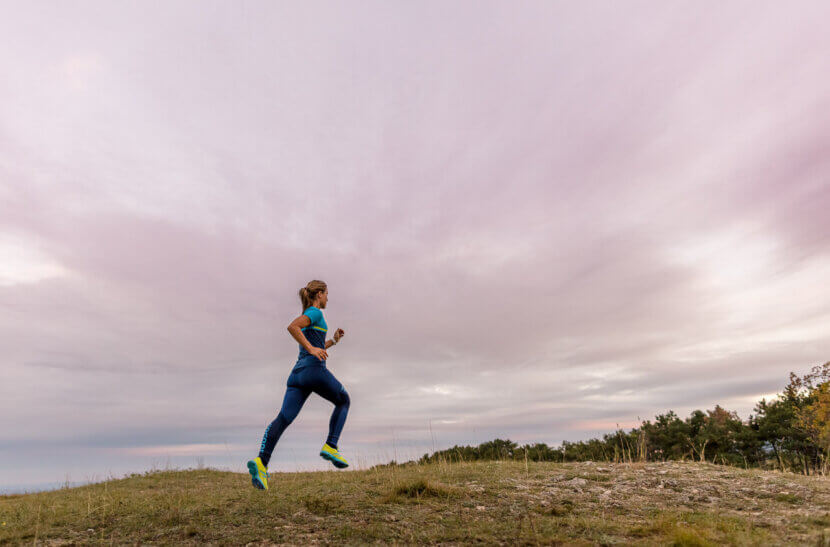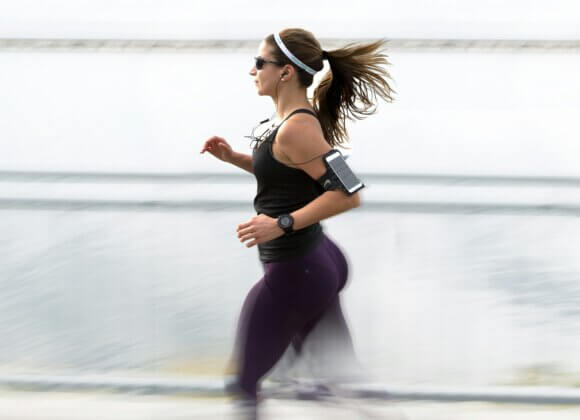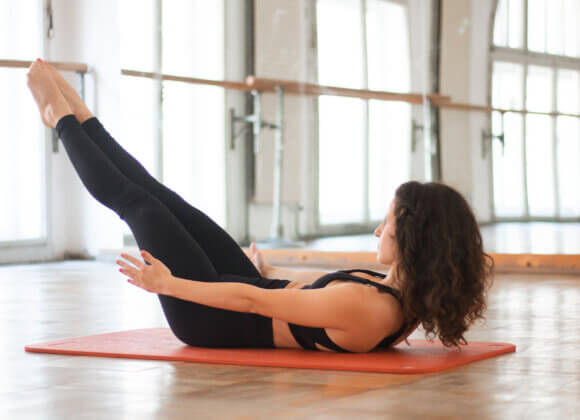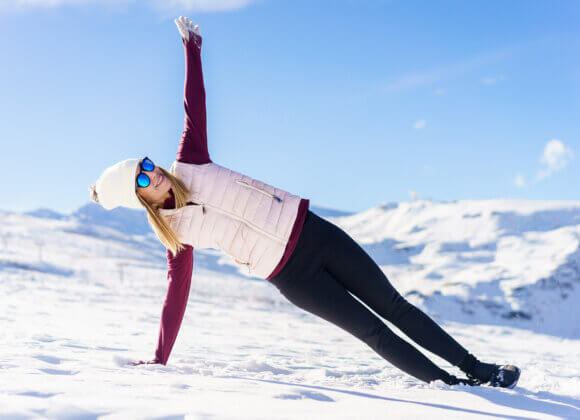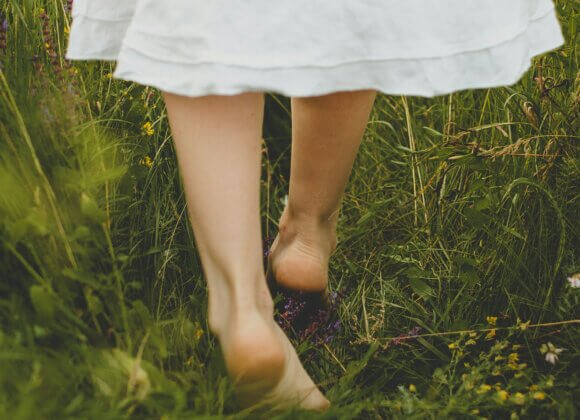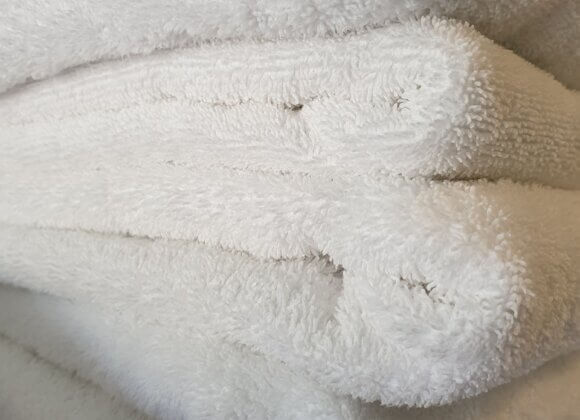Would you like to start running or get back into it after a long period of abstinence – but you don’t know exactly how? Perhaps you’re hesitating because others seem to run away from you effortlessly? Running coach Verena Ullmann explains how to get started successfully – and why patience, good shoes and mental strength are more important than speed or mileage. Plus: the best running routes in Vienna.
Verena Ullmann has been helping beginners get started as runners for years. Logically, the expert, who works mainly in Vienna and Klosterneuburg, knows the most common mistakes. Mistake number one would be: “Most people start running too quickly, are completely out of breath after ten minutes and then believe that they are not made for running,” says Ullmann. It is crucial to start slowly and build up basic endurance carefully, especially at the beginning – after all, it is the foundation for everything else.
This works if you stay in the lower heart rate range to get your body used to the exercise. A heart rate monitor can of course be helpful here – but is not a must: “There are high and low heart rate monitors, so you should always be careful with classic formulas that you can also find online. If you want to train very precisely, you can do a lactate test to find out the exact values. But for beginners, it’s often enough to simply start slowly.”
Patience instead of frustration: “Don’t compare yourself – especially not with others”
People starting out often run the risk of comparing themselves to well-trained people who pass them by effortlessly. A common reason why many give up. “It’s important to realize that everyone has started once. Don’t compare yourself with others, but only with yourself,” advises Ullmann. “What counts is your own development.”
A training diary or motivation diary can help to make progress visible. “This motivates you immensely – especially on days when you doubt yourself.”
Two to three sessions per week – with rest breaks
And how often should you run as a beginner? “Two to three sessions a week are ideal to provide a training stimulus – but not on consecutive days,” says Ullmann. “The body needs breaks to recover.” If you only run once a week, you usually lose the effect again – continuity is the key.
The distance should also be increased carefully: “Don’t jump from two to five kilometers. Better in small steps: 2.2 km, 2.5 km, then 3 km. The cardiovascular system adapts quickly – but ligaments, tendons and joints adapt much more slowly.”
The right equipment for running – and mental preparation
One of the most common mistakes beginners make is choosing the right equipment. “It often happens that you take an old pair of running shoes out of the cellar and think they’ll still work. But they are already porous – and after a short time, your knees give out.” Therefore: “Please get good advice before you start.” Top analyses are already available free of charge in running stores; after all, every foot has its own requirements.
Mental preparation is also crucial, says Ullmann. “Ask yourself: What really motivates me? What demotivates me? And write it down.” Because: “Of course, not every running session will be fun. But if you’re aware of the good feeling afterwards, it’s easier to go out – even on difficult days.”
Small goals, big impact – and plan for setbacks
Setbacks are normal. The key is to be prepared: “I always give my protégés a check-in sheet at the beginning with the question: What do I do if I have setbacks? Illness, stress or vacation – there will be situations where you get out of rhythm. If you’ve thought about how you’re going to deal with this beforehand, you’re more likely to stick with it.” Important for those who live in the city and don’t have a park nearby: Feel free to run in pedestrian areas, etc. during the week. And plan a run in a nice park or outside the city for the weekend.
Packing your running shoes for your vacation is also a simple but effective trick: “It removes the excuse. And you often even have more energy for everyday life, family and work after running.”

Running changes – not just the body
“Most people come to me with the desire to get back into a sporting routine,” says Ullmann. “They say: I want to miss sport again when I’m not doing it.” Running has been an anchor for her since she was a teenager – both physically and mentally. “When I’m not running, I’m not as balanced. Running brings me back to my center.”
Once you get into running, you rarely want to miss it again. Not because every session is perfect – but because life simply feels better with exercise.
Plus: The best running routes in Vienna
Augarten – the compact city oasis
Distance: Around 2.5 km per lap
Location: 2nd district, near Taborstraße
Why it’s ideal:
The Augarten is ideal for beginners – the route is flat, easy to follow and offers both shade and sun. Depending on your mood, you can run one, two or even five laps.
Prater Hauptallee & side paths – Vienna’s running classic
Distance: Up to 4.5 km per direction on the main avenue, can be varied with side paths
Location: 2nd district
Why it is ideal:
Here you will encounter amateur runners, professionals and walkers alike. The flat, wide main avenue invites you to run quietly, while shady side paths provide variety. Particularly motivating: many others also run here – which can increase your own motivation.
Lainzer Tiergarten – forest bathing with running shoes
Distance: Various laps from 4 to 14 km
Location: 13th district
Why it is ideal:
“I prefer running in the Lainzer Tiergarten because I love the forest,” says Verena Ullmann. The paths are close to nature, slightly hilly and quiet. Here you run through beech and mixed forest, past game enclosures and sometimes with a wonderful view over Vienna. Ideal for a weekend run.
Wienflussweg – straight, quiet and close to the city
Distance: Up to 14 km from Hietzing in the direction of Auhof
Location: 13th and 14th district
Why it is ideal:
The Wienflussweg is flat, shady and car-free – perfect for anyone who wants to train at a steady pace. “You can just run straight ahead here without having to think too much,” says Ullmann. Ideal for beginners who want to try their hand at longer distances.
Türkenschanzpark – curves, meadows, stairs
Distance: Laps of approx. 1-2 km each
Location: 18th district
Why it is ideal:
A lovingly maintained park with slightly hilly terrain, a natural pond, grassy areas and winding paths. Beginners can do short laps here – or work out their muscles by running up the stairs on the viewing platform. Bonus: the nearby dairy for brunch afterwards.
Danube Island – urban and close to nature at the same time
Distance: over 20 km possible – can be shortened individually
Location: central, easily accessible via U1 and U6
Why it’s ideal:
Lots of space, lots of air and lots of water views. The Danube Island offers endless straight stretches, bridge laps and enough space to find your own rhythm – without traffic lights or road crossings. Ideal for longer sessions at the weekend.
Schönbrunn Palace Park – imperial running pleasure
Distance: approx. 3.8 km per lap around the castle park
Location: 13th district, U4 Schönbrunn
Why it is ideal:
A bit of romance, a bit of training: running between the Palm House, Gloriette and baroque avenues has its very own atmosphere. The slight incline to the Gloriette makes it easy to vary your route – and if you arrive early, you’ll have the park almost to yourself.
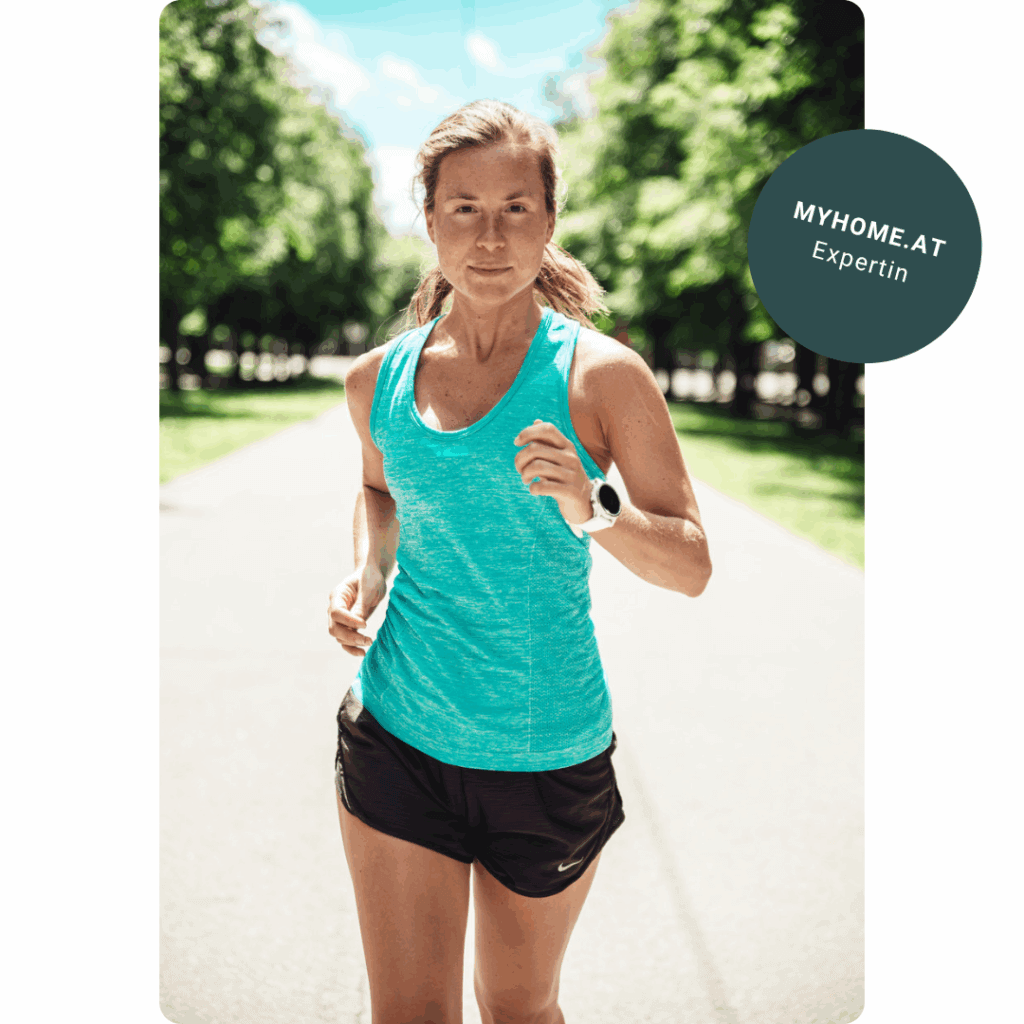
Website: https://purebody.at/
Related posts:
Fit for the summer: small steps to a big goal


